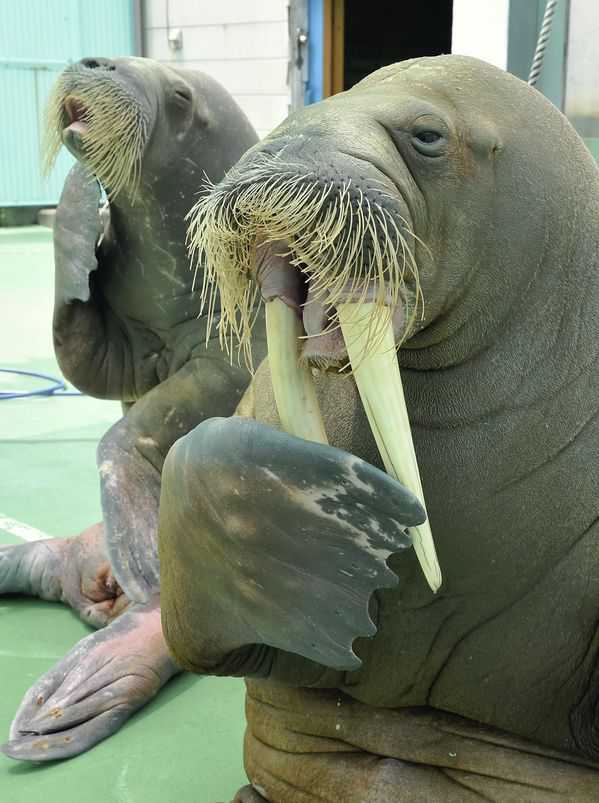Walrus shortage may have led to medieval Norse collapse
22 January, 2020

Greenland’s medieval Norse society vanished from the Earth in the 15th Century after they hunted walrus populations to near extinction, researchers said on Jan. 6 in a possible explanation for the mysterious disappearance.
Norse communities thrived for more than 400 years in the Arctic, hunting walruses for their tusks, a valuable medieval commodity.
But a mixture of overexploitation and economic pressure from a flood of elephant ivory into European markets in the 13th Century contributed to their downfall, according to a new study.
A team of researchers from the universities of Cambridge, Oslo and Trondheim examined pre-1400s walrus tusk artefacts from across Europe and found that almost all of them came from walruses hunted in seas only accessible to Greenland Norse communities.
They also found that later items were hunted from smaller animals — likely females and infants — signalling that stocks were rapidly dwindling.
“Norse Greenlanders needed to trade with Europe for iron and timber, and mainly had walrus products to export in exchange,” said James Barrett, from the University of Cambridge’s Department of Archaeology.
“Norse hunters were forced to venture deeper into the Arctic Circle for increasingly meagre ivory harvests.”
As the walrus populations declined, so did the Norse communities.
Authors of the study, published in the Quarternary Science Reviews journal, said there were likely other factors that contributed to the eventual disappearance of Norse Greenlanders.
These include climate change as the northern hemisphere underwent a “Little Ice Age,” and unsustainable farming techniques.
“If both the population and price of walrus started to tumble, it must have badly undermined the resilience of the settlements,” said Bastiaan Star of the University of Oslo.
“Our study suggests the writing was on the wall.”
Source: the-japan-news.com
